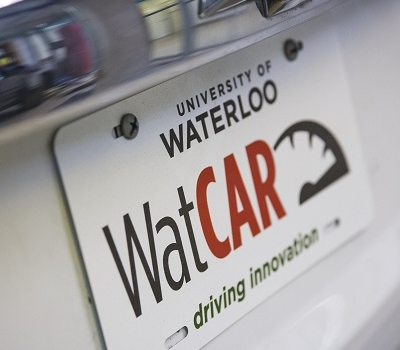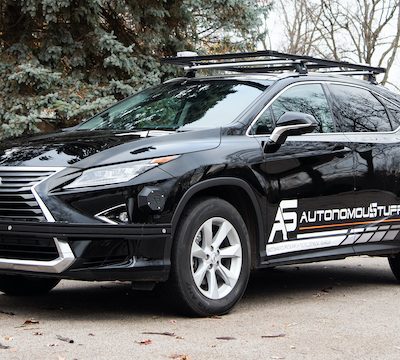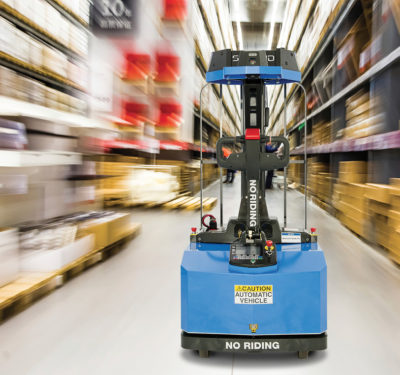L3Harris, in collaboration with Overland AI, is prototyping an innovative UGV designed for autonomous reconnaissance and security operations in contested environments.
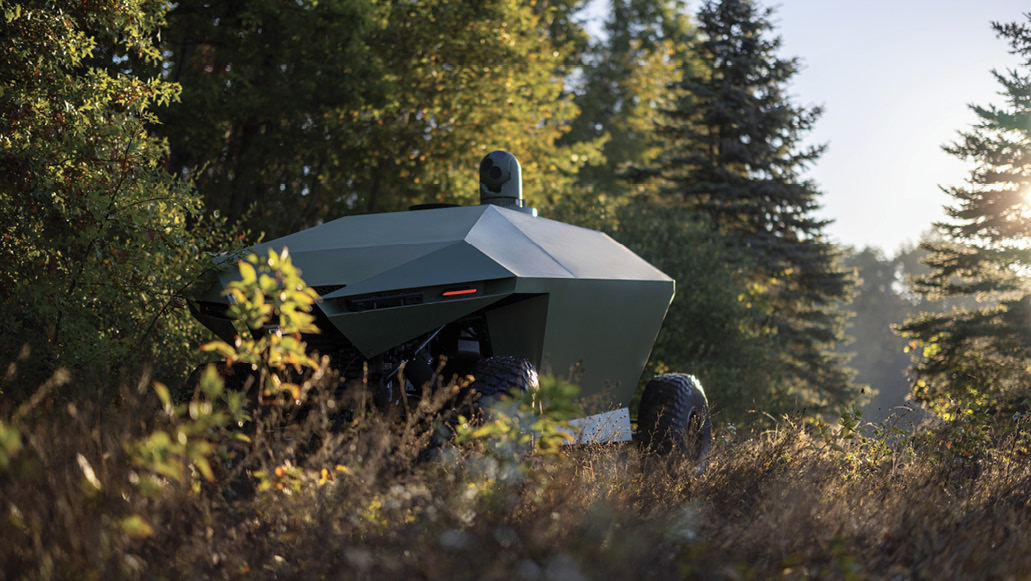
L3Harris is set to unveil the initial prototype of its new Diamondback unmanned ground vehicle (UGV) platform. In collaboration with Overland AI, this platform is designed to address the growing reconnaissance needs of modern warfare, leveraging autonomous technology to enhance security in contested environments.
The demand for such capabilities stems from operational gaps in reconnaissance and security, particularly as global conflicts evolve. Hugh McFadden, who heads L3Harris’s ground systems strategy, highlighted that manpower shortages, coupled with the increasing use of robotic systems in initial contact situations, have accelerated the need for unmanned solutions. “The need for autonomous systems is exploding,” McFadden said. He further emphasized that current manned reconnaissance efforts are unsustainable and autonomous systems are essential to filling these gaps.
ADDRESSING EVOLVING COMBAT NEEDS
L3Harris’s UGV focuses on dual-use capabilities, combining commercial scalability with military applications. McFadden pointed out that the ongoing conflict in Eastern Europe has underscored the importance of robotic contact in battlefield operations. “Robotic contact is first anyway,” McFadden explained, emphasizing the shift toward a robotics-first operational concept in modern military engagements. This trend has fueled the need for highly adaptable, attritable systems that can conduct reconnaissance and security tasks in environments where human presence may be too risky or unsustainable.
The UGV is built to handle a wide range of mission profiles, thanks to its modular design. This flexibility allows it to be configured for various tasks, including electronic warfare, RF and optical sensing, and the deployment of autonomous drones. The collaboration with Overland AI brings advanced autonomy to the vehicle, with a particular focus on cross-country mobility, a critical feature for operations that extend beyond paved roads and urban environments.
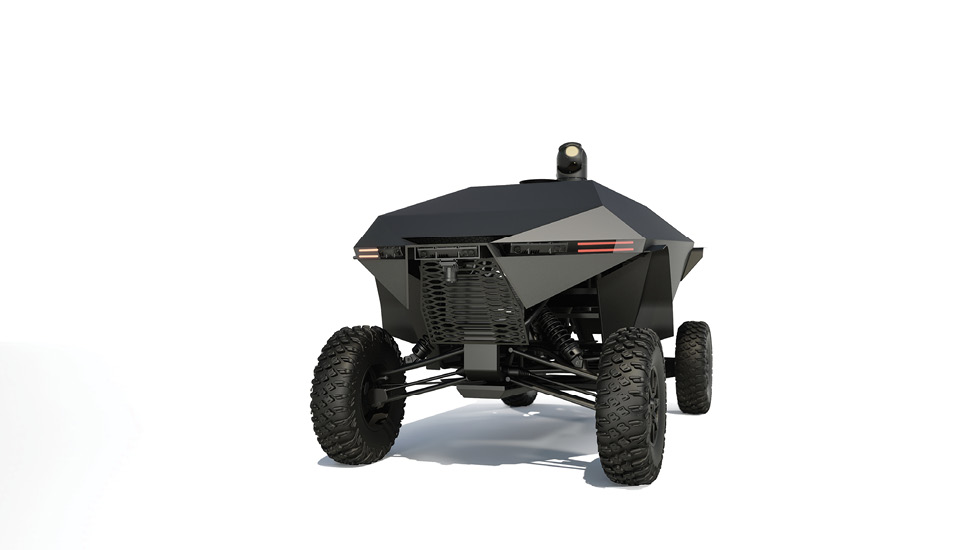
OVERLAND AI’S CONTRIBUTION: CROSS-COUNTRY AUTONOMY
The choice to partner with Overland AI was driven by the company’s expertise in off-road autonomy, honed through its work on DARPA’s Racer program. “We met several times with Overland AI, and it was clear that their focus on cross-country mobility would be key for this platform,” McFadden explained. Unlike many autonomous systems that begin with road-based navigation, Overland AI’s system is designed to excel in off-road conditions from the outset.
This capability aligns with the needs of military operations, where forces often operate in rugged, unpredictable terrains far removed from established infrastructure. “Our forces aren’t going to have the luxury of being constrained to roads,” McFadden said, underscoring the importance of a platform that can operate wherever the mission demands.
SCALABLE, MODULAR AND READY FOR THE BATTLEFIELD
L3Harris’s UGV stands out for its scalability, allowing it to be produced rapidly and economically. By leveraging commercially available components, the platform avoids the long development cycles associated with fully bespoke military systems. “It’s rapidly scalable in a way that’s economical because we’re getting the advantage of economies of scale,” McFadden added. “The modular, open systems architecture we’ve implemented allows for rapid updates and cost-effective technology refreshes, making it ideal for an ever-evolving combat environment.”
The vehicle is also highly modular, with the ability to swap out sensor packages, communication systems and payloads depending on the mission sets. This modularity ensures the UGV can adapt to a wide range of operational requirements, from surveillance and reconnaissance to electronic warfare. “We’ve really focused on reconfigurability,” McFadden explained, noting the system can be easily reconfigured for different missions, thanks to its flexible architecture.
In terms of physical capabilities, the UGV is built on a commercial utility task vehicle (UTV) platform that can reach speeds of up to 90 miles per hour and has a range of approximately 125 miles, depending on its configuration. This base platform can be modified with additional fuel tanks and other enhancements to extend its range and endurance. The vehicle’s configuration for the initial prototype includes optical and RF sensors, anti-jam communication systems and a drone launch and recovery system.
“We’re taking lessons from our work in air and maritime systems and applying them to land-based autonomous platforms, creating a cohesive multi-domain capability,” McFadden said.
A COMPLEMENT TO EXISTING SYSTEMS
While the L3Harris UGV offers new capabilities, it is designed to complement, rather than replace, existing military systems like the Army’s Robotic Combat Vehicle (RCV) and Squad Multipurpose Equipment Transport (SMET) programs. McFadden stressed the UGV is not intended to compete with these programs, which are focused on high-end, highly capable systems designed for a wide range of missions. Instead, the L3Harris UGV is aimed at filling gaps in reconnaissance and security tasks where manned systems may no longer be viable due to high attrition rates or manpower shortages.
“There’s an option to meet the reconnaissance gap that’s growing,” McFadden said. “This is not something that contends with RCV and SMET, but rather a complementary solution that can be scaled quickly to meet the growing need for autonomous systems on the battlefield.”
THE ROAD AHEAD: TESTING AND FUTURE DEVELOPMENT
L3Harris plans to continue testing and refining the platform in the coming months. “We’re going to take it off the showroom and continue testing it for early demos next year.”
As L3Harris looks toward the future, the company hopes its UGV will be seen as a vital part of the military’s autonomous systems portfolio. The platform is designed to address the evolving needs of modern warfare, enabling military forces to operate more efficiently and safely in contested environments. By partnering with Overland AI and focusing on commercially scalable solutions, L3Harris is positioning itself for the next generation of autonomous, unmanned and attritable solutions.
“We want to demonstrate this as a natural evolution of being able to deliver mission systems from manned to unmanned,” McFadden concluded. As threats continue to evolve, L3Harris and Overland AI’s collaboration offers a glimpse into the future of autonomous reconnaissance and security on the battlefield.


